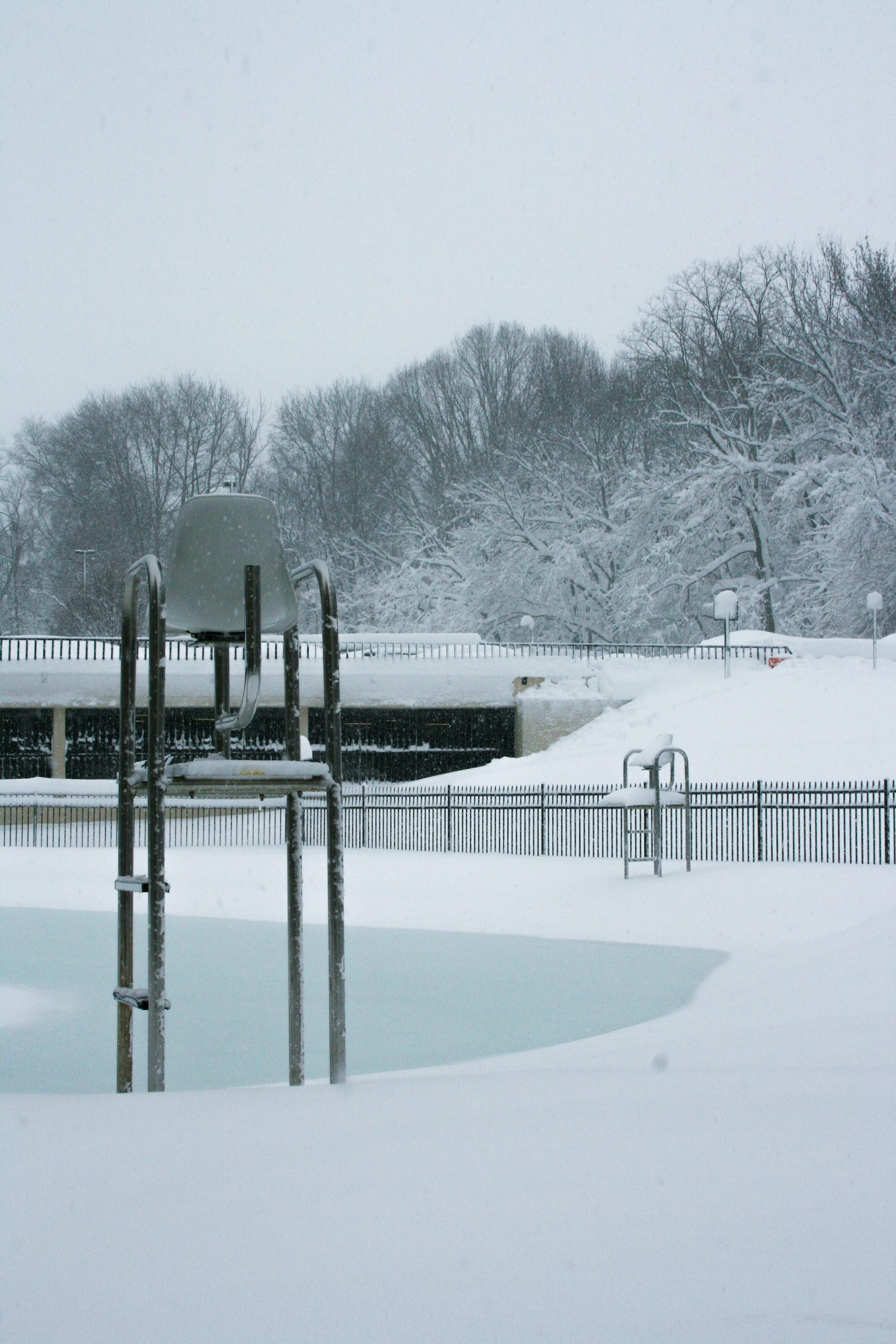
Owning a swimming pool is a luxury that comes with seasonal responsibilities, especially as the calendar rolls into colder months. One of the crucial tasks in your winterizing checklist is to cover your pool. Not only does this protect your investment from harsh weather, but it also ensures an easier opening come next summer.
In this comprehensive guide, we’ll walk through everything you need to know to properly cover your pool for winter, keeping it safe and maintaining its integrity until it's time to swim again.
Winterizing your pool is more than just closing it off for the season. It's about preventing damage from freezing temperatures, ice, and debris. A high-quality pool cover acts as a barrier to all the elements that can threaten your pool’s structure and water quality.
Not only does covering your pool protect it, but it also facilitates an easier reopening and ensures that the water you start the season with is in better condition.
It's essential to take the correct steps when covering your pool to ensure its safety and longevity. Here's a step-by-step guide to help you through the process:
Before covering your pool, it's crucial to balance the water chemistry. This means testing the pH, alkalinity, and chlorine levels and making any necessary adjustments. Balanced water prevents algae and scale build-up during the winter.
Add a dose of pool shock to the water. This extra chlorine treatment kills bacteria and algae in the water, which could grow and flourish under the cover if not treated.
Apply a winter pool algaecide to prevent algae growth. This is important, especially for those using a mesh cover that allows some light and small particles through.
Vacuum and brush the pool thoroughly to remove any algae or debris from the water and walls. A clean pool means less work when it's time to open up in the spring.
Dependent on your pool type, lowering the water level below the skimmer is advisable. This step helps to protect both the skimmer and the pool structure from potential damage due to freezing water expansion.
For solid covers, install water bags, blocks, or tubes to hold the cover in place and maintain tension. This is crucial for safety and to prevent debris from getting in through any gaps.
Lay the cover over the pool, ensuring it is centered and secure. Pull it taut to remove any wrinkles, which can collect water and debris. For automatic covers, simply close the mechanism.
Many covers come with anchor systems or springs to keep them secure. Use whatever method is suitable for your cover type to seal it tightly to the pool.
Contrary to common misconceptions, it's not recommended to drain an inground pool for the winter. The pressure from the water helps to stabilize the pool’s structure against the ground’s freezing and thawing cycle.
Covering your pool goes beyond the steps outlined above. Here are some additional tips to ensure your pool stays protected throughout the winter:
The quality of your pool cover is important. It's the first line of defense, so investing in a durable cover that fits your pool's dimensions precisely is crucial.
A cover pump or mesh covers with a pump system can prevent the buildup of water, which can damage the pool cover and create a risk for ice expansion.
Make sure to remove large debris and clean the waterline before covering the pool. This will prevent staining and make the opening process smoother.
When the cover is secure, it's a good idea to add protective measures such as cover clips or wind-proofing to prevent damage from strong winds.
Though your pool is covered, it’s still important to check on it periodically. Ensure there’s no standing water on the cover, and if using a solid cover, pump off excess water to avoid stress on the cover and the pool walls.
Winterize your pool equipment, such as filters, pumps, and heaters, to ensure they are protected and ready to work when the weather warms up.
Winterizing your pool is a critical part of pool ownership and can make a significant difference in the lifespan of your pool. Properly covering your pool ensures that it is protected from the elements and that the water quality is maintained. Remember, the key to a stress-free spring is diligence in fall, so take your time, follow these steps, and enjoy the peace of mind that comes with a well-covered pool.
With the steps and tips provided in this guide, you are now equipped to protect your pool throughout the colder seasons. Get in touch with us at Absolutely Covered to ensure that you pool stays safe and functional through winter.
Remember, each pool and region is different, so always consult with the pool professionals at Absolutely Covered if you're unsure about a step or product.